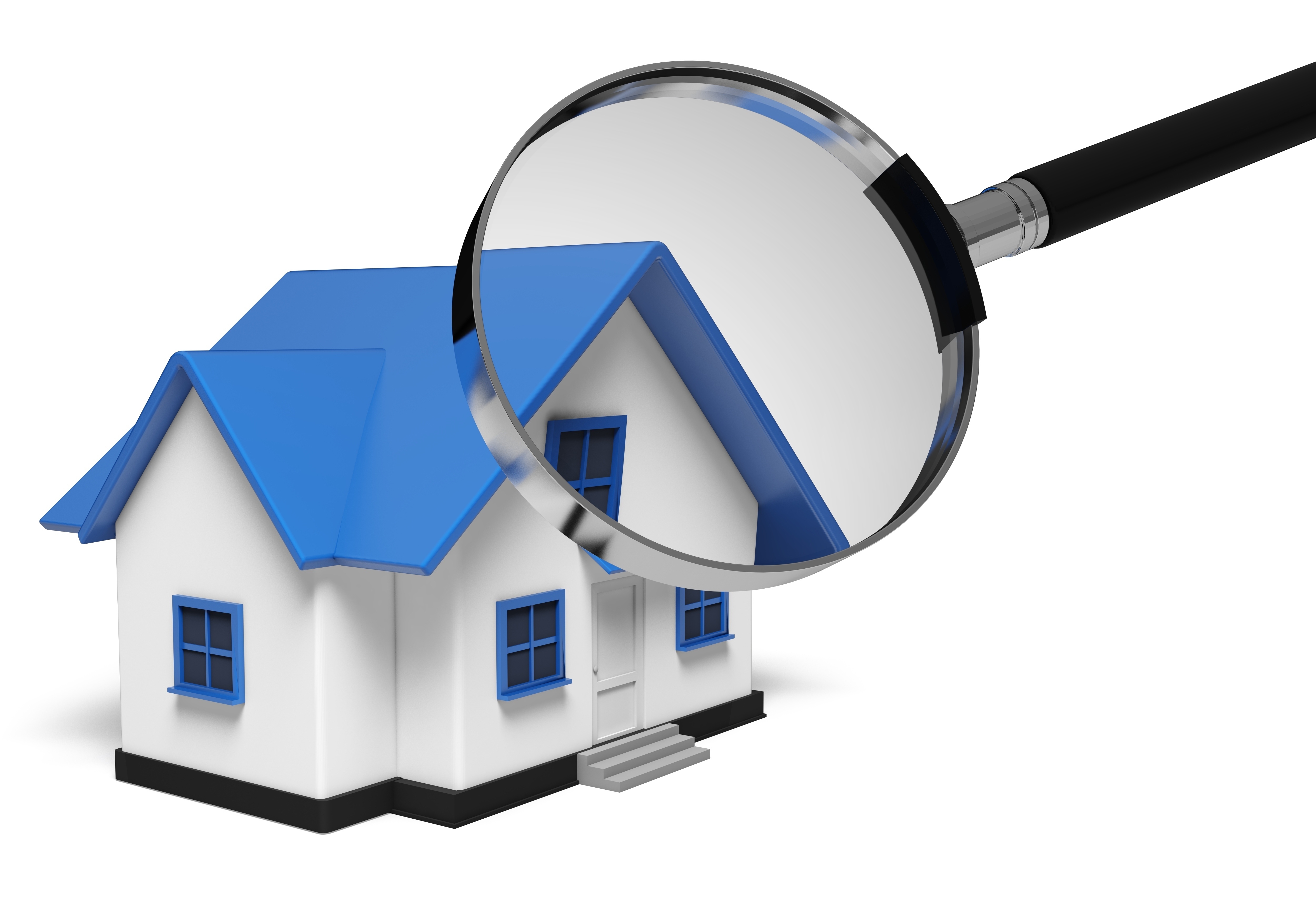
Real Property Appraisals: A PrimerGetting a home can be the most serious financial decision some of us could ever consider. Whether it's a primary residence, a second vacation property or an investment, the purchase of real property is a complex transaction that requires multiple parties to see it through. It's likely you are familiar with the parties taking part in the transaction. The most familiar face in the exchange is the real estate agent. Next, the lender provides the financial capital needed to bankroll the deal. And ensuring all areas of the exchange are completed and that a clear title passes to the buyer from the seller is the title company. So, who's responsible for making sure the real estate is worth the purchase price? This is where you meet the appraiser. We provide an unbiased opinion of what a buyer might expect to pay — or a seller receive — for a parcel of real estate, where both buyer and seller are informed parties. A licensed, certified, professional appraiser from Crawford Romans Appraisal Services will ensure, you as an interested party, are informed. Appraisals start with the property inspectionTo determine the true status of the property, it's our duty to first conduct a thorough inspection. We must actually see features, such as the number of bedrooms and bathrooms, the location, living areas, etc, to ensure they indeed exist and are in the shape a typical person would expect them to be. To make sure the stated size of the property has not been misrepresented and document the layout of the home, the inspection often requires creating a sketch of the floorplan. Most importantly, the appraiser identifies any obvious amenities - or defects - that would have an impact on the value of the house. Next, after the inspection, we use two or three approaches to determining the value of the property: paired sales analysis and, in the case of a rental property, an income approach. 
Replacement CostHere, we analyze information on local construction costs, the cost of labor and other elements to determine how much it would cost to replace the property being appraised. This figure commonly sets the maximum on what a property would sell for. The cost approach is also the least used predictor of value. 
Sales ComparisonAppraisers get to know the neighborhoods in which they appraise. They innately understand the value of particular features to the people of that area. Then, the appraiser looks up recent transactions in close proximity to the subject and finds properties which are 'comparable' to the subject being appraised. Using knowledge of the value of certain items such as remodeled rooms, types of flooring, energy efficient items, patios and porches, or additional storage space, we adjust the comparable properties so that they more accurately match the features of subject property.
A true estimate of what the subject might sell for can only be determined once all differences between the comps and the subject have been evaluated. At Crawford Romans Appraisal Services, we are an authority in knowing the worth of particular items in Maple Heights and Cuyahoga County neighborhoods. This approach to value is commonly given the most importance when an appraisal is for a home purchase. Valuation Using the Income ApproachA third way of valuing a house is sometimes applied when a neighborhood has a reasonable number of rental properties. In this scenario, the amount of income the real estate generates is taken into consideration along with other rents in the area for comparable properties to determine the current value. Arriving at a Value ConclusionCombining information from all applicable approaches, the appraiser is then ready to put down an estimated market value for the property at hand. It is important to note that while the appraised value is probably the strongest indication of what a property is worth, it may not be the final sales price. It's not uncommon for prices to be driven up or down by extenuating circumstances like the motivation or urgency of a seller or 'bidding wars'. Regardless, the appraised value is typically used as a guideline for lenders who don't want to loan a buyer more money than they could get back in case they had to sell the property again. Here's what it all boils down to, an appraiser from Crawford Romans Appraisal Services will help you attain the most accurate property value, so you can make wise real estate decisions. |